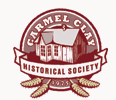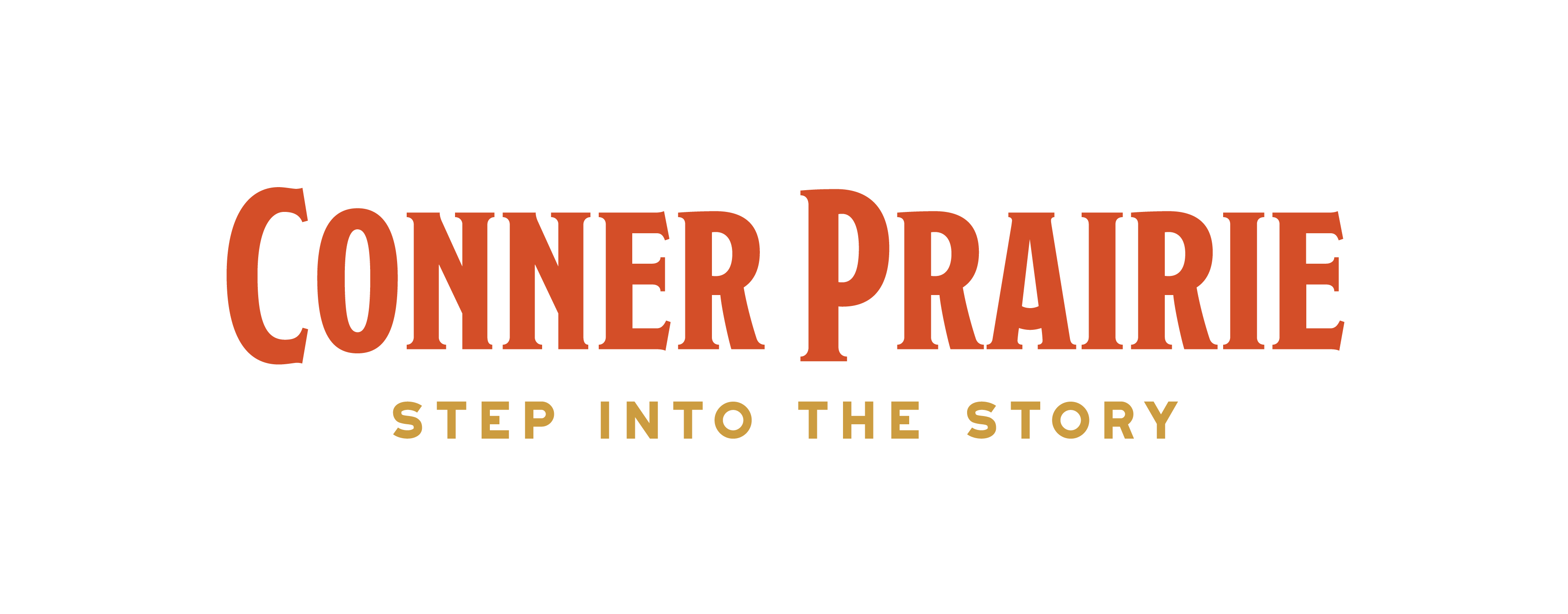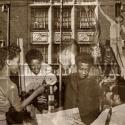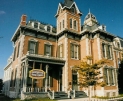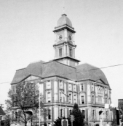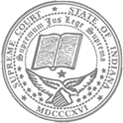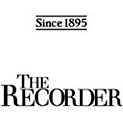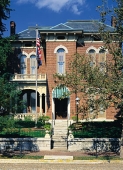Allison Transmission
Allison Transmission is the world’s largest manufacturer of fully automatic transmissions for medium- and heavy-duty commercial vehicles and a leader in hybrid-propulsion systems for city buses. Allison transmissions are used in a variety of applications including refuse, construction, fire, distribution, bus, motorhomes, defense and energy. Founded in 1915 by James A. Allison, the company is headquartered in Indianapolis with additional manufacturing facilities in Hungary and India.



